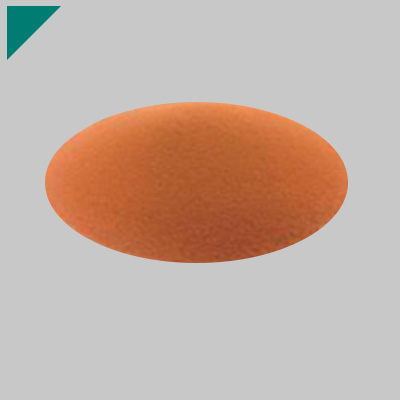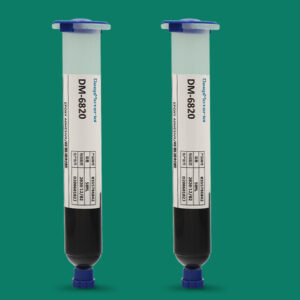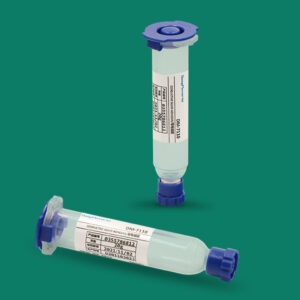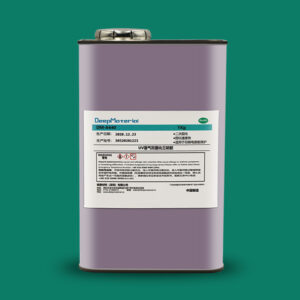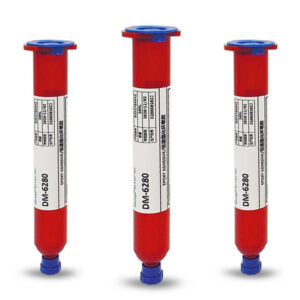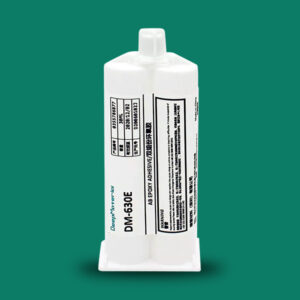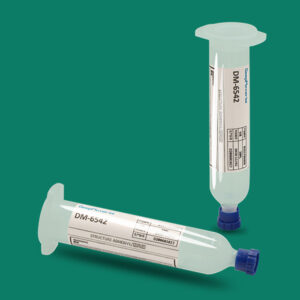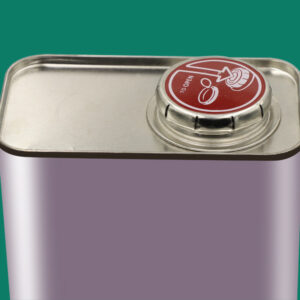A Comprehensive Guide to Using 2 part Epoxy Glue for Plastic Repairs
A Comprehensive Guide to Using 2 part Epoxy Glue for Plastic Repairs
Plastic is one of the most commonly used materials in various applications, from household items to industrial machinery. However, plastic can break, crack or deform over time due to wear and tear exposure to heat or chemicals, or other factors. When this happens, it’s essential to use a suitable adhesive to fix it, and this is where 2 part epoxy glue comes in. This comprehensive guide will discuss everything you need to know about using 2 part epoxy glue for plastic repairs.

Understanding 2 part Epoxy Glue
2 part epoxy glue is an adhesive made up of two components: a resin and a hardener. When these two components are mixed, they create a chemical reaction, producing a robust and durable bond. Here are some key points to understand about 2-part epoxy glue:
- It is a versatile adhesive used for various materials, including plastics, metals, ceramics, and wood.
- 2 part epoxy glue is particularly suitable for plastic repairs because it has excellent bonding properties, even on smooth or non-porous surfaces.
- The types of 2-part epoxy glue available have varying curing times, viscosity, and flexibility. It is essential to choose the right kind of epoxy glue for your specific application.
- 2 part epoxy glue can be applied in various ways, including by brush, syringe, or spatula. It is essential to follow the manufacturer’s instructions for the best results.
- Once mixed, 2-part epoxy glue has a limited working time before it begins to harden. It is essential to work efficiently and accurately to achieve the desired bond.
- 2 part epoxy glue can be sanded, drilled, and painted after it has cured, making it a popular choice for various applications.
Steps to Use 2 part Epoxy Glue for Plastic Repairs
To use 2-part epoxy glue for plastic repairs, follow these steps:
Prepare the surface: Clean the plastic surface thoroughly and remove dirt, grease, or debris. Use sandpaper or a file to roughen the surface slightly, which will help the glue adhere better.
Mix the epoxy components: Mix the resin and hardener according to the instructions on the package. Be sure to use the correct proportions, as an incorrect mix can result in a stronger bond.
Apply the glue: Use a small brush or applicator to apply the glue to the surface of the plastic. Make sure to apply it evenly and cover the entire area that needs to be repaired.
Hold the pieces together: Join the two plastic parts and hold them firmly in place. Use clamps or tape to keep them in position while the glue dries.
Wait for the glue to dry: Wait for the glue to dry completely before removing the clamps or tape. The drying time will depend on the type of epoxy glue you’re using and the temperature and humidity of your environment.
Sand and finish: Once the glue has dried, use sandpaper or a file to smooth any rough edges or bumps. You can also paint or finish the plastic to match the original color or texture.
It’s important to note that some types of plastic, such as polyethylene and polypropylene, are difficult to glue with epoxy. If you need to know whether your plastic can be repaired with epoxy glue, test it on a small area first.
Safety Precautions When Using 2-part Epoxy Glue
2 part epoxy glue is a strong adhesive that can be hazardous if misused. Therefore, taking safety precautions when handling this type of glue is essential. Here are some safety tips to keep in mind:
- Wear protective gloves, eye goggles, and a mask to avoid contact with the glue or fumes.
- Work in a well-ventilated area to minimize inhalation of toxic fumes. Open windows or use a fan to circulate the air.
- Mix the epoxy in a clean container and use a disposable stirring stick or spatula.
- Avoid skin contact with the glue, as it can cause skin irritation or an allergic reaction. If the bond comes into contact with the skin, wash it off immediately with soap and water.
- If ingested, seek medical attention immediately.
It is also essential to store 2 part epoxy glue safely and appropriately. Keep it in its original container, tightly sealed, and stored in a cool, dry place away from direct sunlight and heat sources. Ensure that the container is out of reach of children and pets.
Other Uses of 2 part Epoxy Glue for Plastic
2 part epoxy glue can be used for various applications beyond plastic repairs. Here are some examples:
Jewelry making: 2 part epoxy glue can secure stones, beads, and other embellishments onto jewelry pieces.
DIY crafts: It is an ideal adhesive for creating and repairing ceramics, wood, metal, and other materials.
Automotive repairs: 2 part epoxy glue can repair cracks and breaks in car parts, such as headlights, bumpers, and dashboards.
Household repairs can be used to fix broken tiles, kitchen appliances, and other household items.
In summary, 2-part epoxy glue is a versatile adhesive that can be used for various applications. Its strength, durability, and resistance to water, heat, and chemicals make it an ideal choice for plastic repairs and other DIY projects.
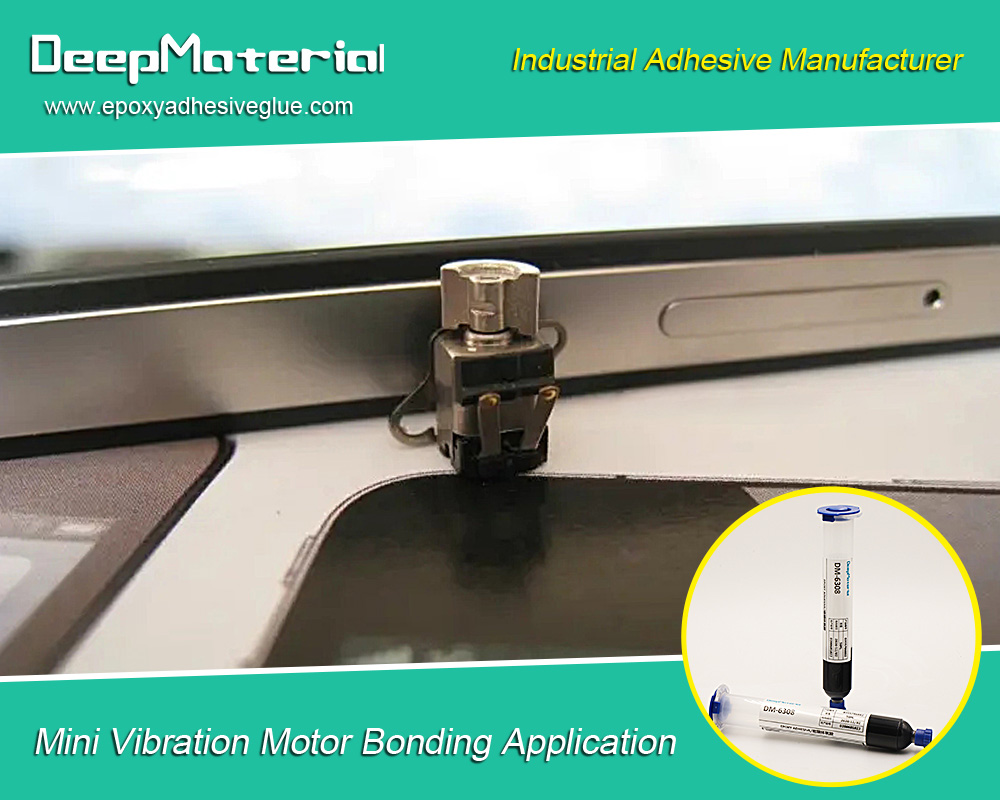
CONCLUSION
In conclusion, 2-part epoxy glue is a reliable adhesive that can be used for plastic repairs and other applications. We discussed 2 part epoxy glue, how it works, and the different types available. We also provided a step-by-step guide on using 2 part epoxy glue for plastic repairs and discussed safety precautions when handling this type of glue. Finally, we highlighted other potential applications for 2 part epoxy glue and its versatility in different DIY projects.
Regarding plastic repairs, 2-part epoxy glue is a great option to consider. It provides a solid and durable bond that can withstand different environmental conditions. We hope this comprehensive guide has provided helpful information and tips for using 2 part epoxy glue for plastic repairs and other DIY projects. Give it a try on your next project, and see your excellent results!
For more about choosing a comprehensive guide to using 2 part epoxy glue for plastic repairs, you can pay a visit to DeepMaterial at https://www.epoxyadhesiveglue.com/category/epoxy-adhesives-glue/ for more info.



